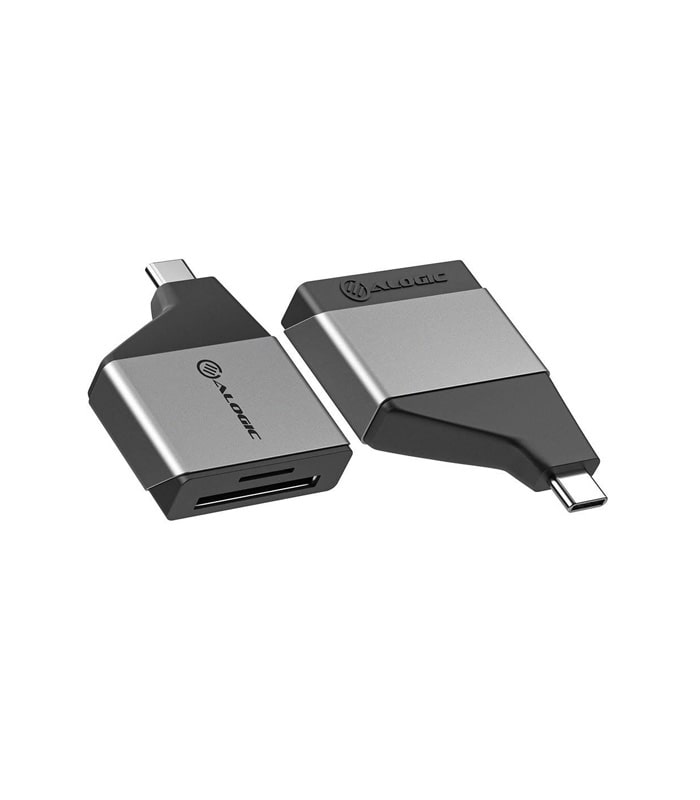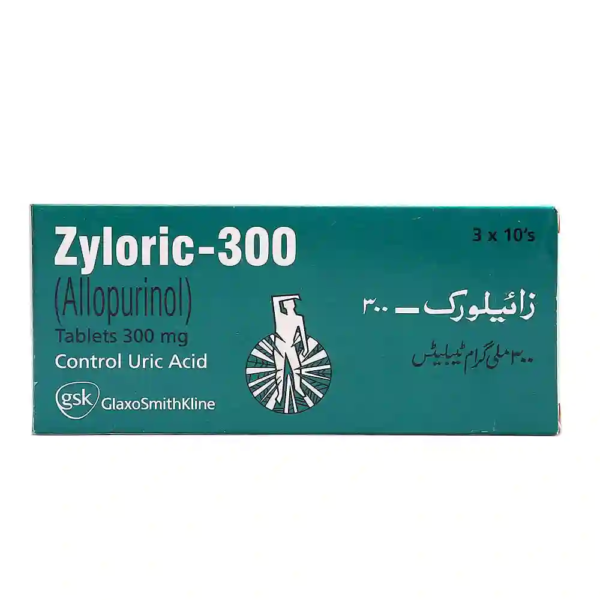Zyloric 300Mg Tab 30s Potential Overview:
Zyloric (Generic Name: Allopurinol)
Strength: 300 mg Tablet
Pack Size: 30 tablets
————————————————————————————————————————————————————————————————–
Mechanism of Action (MOA):
- Allopurinol works as a xanthine oxidase inhibitor. Xanthine oxidase is an enzyme involved in the conversion of purines to uric acid. By inhibiting this enzyme, allopurinol decreases uric acid production in the body. This is particularly beneficial in conditions where uric acid levels are elevated, leading to conditions like gout or kidney stones.
- The main therapeutic action of allopurinol is to lower serum uric acid levels, thus preventing the formation of urate crystals in joints and kidneys, which can cause inflammation and damage.
Indications:
Zyloric (Allopurinol) 300 mg is primarily used in the following conditions:
- Gout:
- Chronic gout management by reducing the frequency of gout attacks and preventing complications like joint damage.
- Hyperuricemia:
- Used in patients with high uric acid levels, such as those undergoing chemotherapy or radiation therapy for cancer, which can lead to uric acid buildup.
- Kidney Stones:
- Prevention of uric acid nephrolithiasis (uric acid kidney stones) by lowering serum uric acid levels.
- Other Purine Metabolism Disorders:
- Treatment of other conditions associated with excessive purine breakdown and uric acid production.
Dosage:
- Adults:
- Initial dose: Typically 100 mg to 300 mg once daily, depending on the severity of the condition.
- The dose can be gradually increased to up to 800 mg daily for chronic gout or hyperuricemia, under the supervision of a healthcare provider.
- Renal impairment: For patients with reduced kidney function, dosage adjustments are required. Starting doses should be lower, and titration should be cautious.
- Pediatric patients: Dosing in children is typically lower and based on body weight, with a starting dose usually between 50 mg and 150 mg per day.
Side Effects:
Common side effects include:
- Gastrointestinal issues: Nausea, vomiting, abdominal pain, or diarrhea.
- Skin rash: This is one of the more common side effects, though it may resolve with continued therapy or dose adjustment.
- Drowsiness or dizziness: Can affect a patient’s ability to perform tasks that require alertness.
- Headache: A mild to moderate headache is a frequent complaint.
Serious side effects (require immediate medical attention):
- Severe allergic reactions (e.g., fever, skin rash, liver dysfunction) may occur, particularly in patients with a history of hypersensitivity.
- Hepatotoxicity: Liver enzyme elevation and jaundice may occur.
- Severe skin reactions: Including Stevens-Johnson syndrome, toxic epidermal necrolysis, or exfoliative dermatitis.
- Renal failure: In cases of dehydration, renal dysfunction, or pre-existing kidney disease.
Precautions:
- Renal Impairment: Dosage adjustments are necessary in patients with renal insufficiency, as both allopurinol and its active metabolite oxypurinol are excreted by the kidneys.
- Hydration: Patients should be well-hydrated to minimize the risk of kidney stone formation and renal complications.
- Liver Disease: Caution is needed in patients with liver disease, as allopurinol can cause hepatotoxicity in rare cases.
- Allergic Reactions: Discontinue the medication if any signs of severe allergic reactions appear, including skin rash, fever, or sore throat.
- Pregnancy: Allopurinol should only be used during pregnancy if the benefits outweigh the risks, as there are limited studies on its safety in pregnant women.
- Gout Flares: Allopurinol should be initiated after the acute gout attack has resolved, as it can sometimes trigger a flare in the early stages of treatment.
Contraindications (CI):
- Hypersensitivity to Allopurinol: Contraindicated in patients with known allergy to allopurinol or any of its components.
- Acute gout attacks: Allopurinol should not be used to treat an acute gout attack; it is intended for chronic management of gout.
- Severe liver or kidney dysfunction: In cases of severe renal or liver failure, allopurinol should be avoided unless absolutely necessary, and if used, close monitoring and dose adjustments are required.
- Pregnancy and Breastfeeding: Although it may be used in pregnancy if necessary, Zyloric (allopurinol) is generally avoided during the first trimester. Allopurinol is excreted in breast milk, so caution is advised in breastfeeding mothers.
Pharmacist Related Data
Chemical Formula:
Allopurinol
- Chemical Formula: C5H4N4O
Half-Life:
- Allopurinol: The elimination half-life of allopurinol is approximately 1 to 2 hours.
- Oxypurinol (Active Metabolite): The half-life of oxypurinol, the primary metabolite responsible for its pharmacologic action, is much longer, around 15-30 hours.
Metabolism:
- Allopurinol is metabolized primarily in the liver to its active metabolite oxypurinol (also called alloxanthine).
- Oxypurinol is responsible for most of the therapeutic effects of allopurinol in lowering uric acid.
- Excreted mainly in the urine. Renal function is important to consider, as impaired renal clearance may lead to the accumulation of both allopurinol and oxypurinol, increasing the risk of toxicity.
Drug Interactions:
- With Other Medications:
- Azathioprine and Mercaptopurine: These drugs are metabolized by xanthine oxidase, and allopurinol inhibits the enzyme. This results in an increased risk of toxicity (e.g., bone marrow suppression).
- Warfarin: Allopurinol may enhance the effect of warfarin, leading to an increased risk of bleeding.
- Cyclophosphamide: Use with caution, as there is an increased risk of toxicity.
- Diuretics (e.g., Thiazides): Diuretics increase the risk of hypersensitivity reactions to allopurinol.
- Rifampicin, Phenytoin: These can alter the metabolism of allopurinol.
- With Food:
- Food does not significantly affect the absorption of allopurinol, but it is usually taken after meals to avoid gastrointestinal upset.
- Alcohol: Excessive alcohol consumption can exacerbate gout symptoms and interfere with the effectiveness of allopurinol.
- With Other Gout Medications:
- NSAIDs and Colchicine: These medications are often used with allopurinol for acute gout flare management. However, care should be taken to avoid excessive gastrointestinal effects when using colchicine in combination.
Pharmacodynamics:
- Mechanism of Action:
Allopurinol inhibits xanthine oxidase, an enzyme involved in the conversion of purines to uric acid. By inhibiting this enzyme, allopurinol decreases the production of uric acid in the body. - Therapeutic Effects:
- Reduces serum uric acid levels, which helps prevent the formation of urate crystals in joints and kidneys.
- Helps in chronic gout management by preventing gout attacks and reducing the risk of joint damage.
- Prevents the formation of uric acid kidney stones and reduces hyperuricemia (high uric acid levels), especially in patients undergoing cancer treatment.
Pharmacokinetics:
- Absorption:
- Allopurinol is well absorbed in the gastrointestinal tract after oral administration. Peak plasma concentrations are typically reached within 1 to 2 hours.
- Distribution:
- Allopurinol is moderately bound to plasma proteins (approximately 20-30%).
- It is distributed widely in the body, including in the central nervous system and kidneys.
- Metabolism:
- Allopurinol is converted into its active metabolite oxypurinol primarily in the liver.
- Oxypurinol has a longer half-life than allopurinol, and is responsible for the drug’s primary therapeutic effect.
- Excretion:
- Both allopurinol and oxypurinol are excreted primarily by the kidneys. In patients with renal insufficiency, the elimination of both drugs is slower, which can lead to higher drug levels and an increased risk of side effects or toxicity.












Reviews
Clear filtersThere are no reviews yet.